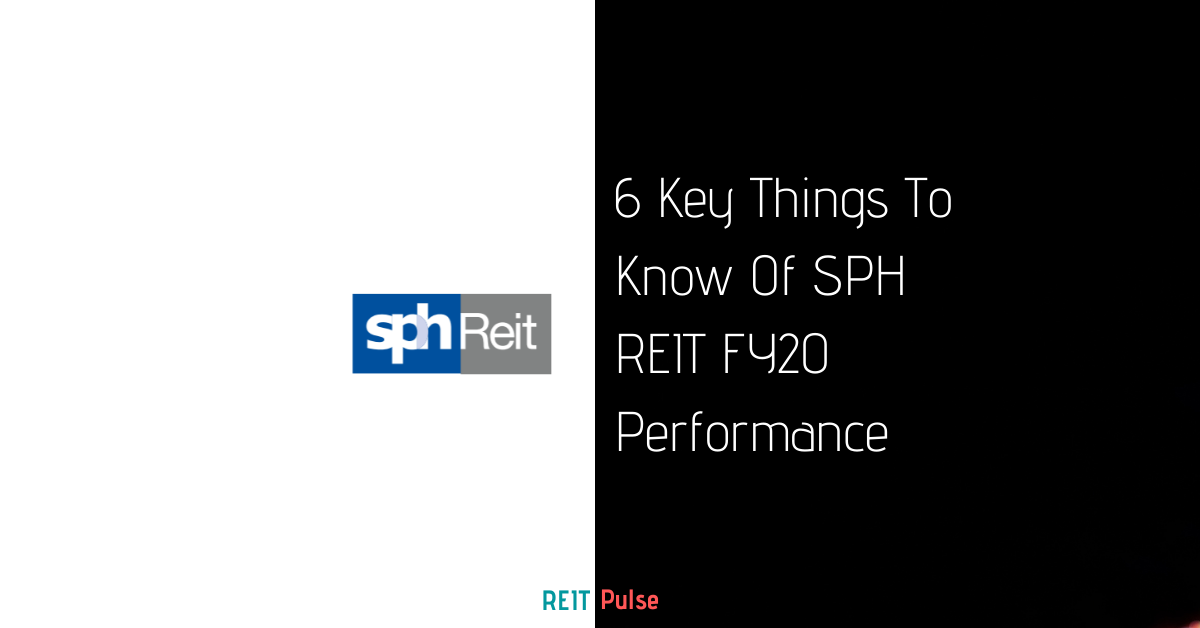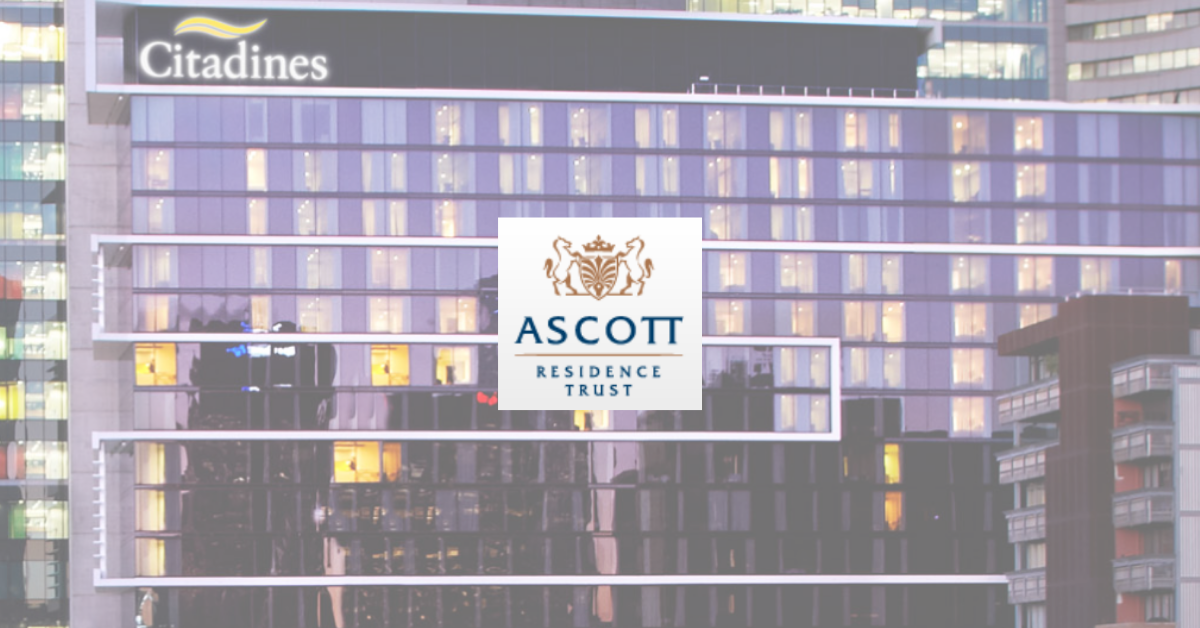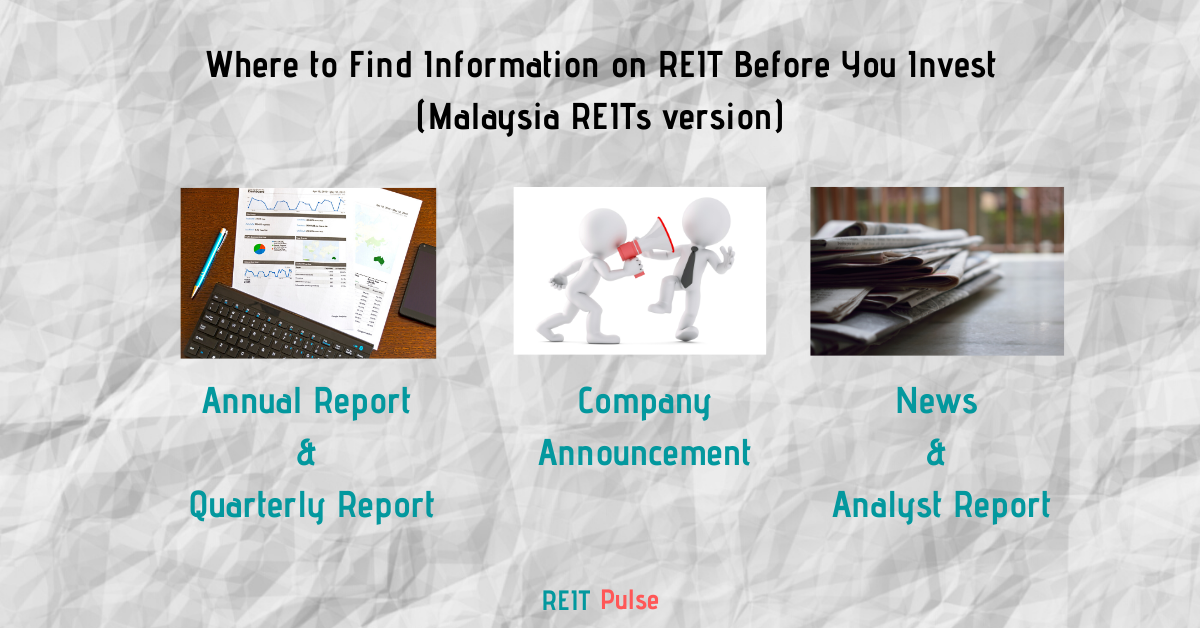
SPH REIT (SGX: SK6U) is a Singapore listed REIT which was listed in the Singapore Exchange in July 2013. They invest primarily in real estate assets in Singapore and Australia and is sponsored by Singapore Press Holding which is one of Asia leading media organisation.
SPH REIT started out with asset investment in the Singapore market. It was only in late 2018 that they have diversified into the Australian market with the acquisition of Figtree Grove Shopping Centre.
| SGD in mil | % | |
| Paragon | 2,640 | 64% |
| The Clementi Mall | 584 | 14% |
| The Rail Mall | 62 | 2% |
| Figtree Grove Shopping Centre | 191 | 5% |
| Westfield Marion | 649 | 16% |
| Total | 4,125 | 100% |
As at 31 August 2020, its investment properties is valued at SGD 4.1 billion with Paragon Mall accounting for 64% of the entire portfolio. Their second biggest asset is Westfield Marion which was only acquired in this financial year itself.
During the year making up FY20, there have been a number of events that have taken place. In this post today, we will look at a few key things you need to know of SPH REIT 2020 performance.
1. Acquisition of Westfield Marion (50% stake)
The first positive event which was already briefly shared earlier is the acquisition of Westfield Marion. It was acquired at AUD 670 million with a combination of equity, perpetual securities and loans in which SPH REIT owns a 50% stake in it.
Westfield Marion is the largest and the only super-regional shopping centre in South Australia. This acquisition is SPH REIT second foreign acquisition strengthening its foothold in the Australian market. Not only does it diversify SPH REIT assets across the geographical region, but it has also reduced the portfolio concentration on Paragon.
2. Stable Occupancy Rate
| FY17 | FY18 | FY19 | FY20 | |
| Paragon | 100% | 100% | 100% | 98% |
| The Clementi Mall | 100% | 100% | 100% | 100% |
| The Rail Mall | – | 95% | 84% | 92% |
| Singapore Portfolio | 100% | 99% | 99% | 98% |
| Figtree Grove Shopping Centre | – | – | 99% | 99% |
| Westfield Marion | – | – | – | 97% |
| Australia Portfolio | – | – | 99% | 98% |
Despite the challenging retail environment, SPH REIT operational performance has remained stable. The occupancy rate for both its Singapore Portfolio and Australian Portfolio is still above 98%. This is definitely commendable given the uncertainty of COVID-19 pandemic.
This is contributed by many factors. One of which relates to the REIT commitment in supporting the tenants throughout the crisis by giving tenant reliefs. We are in the view that this is one of the key factors which have contributed to the stable occupancy rate.
However, the pandemic is still evolving and it is definitely still a challenge the REIT manager will have to fare through.
3. Positive Rental Reversion for Singapore Assets

Looking at the rental reversion, SPH REIT Australian portfolio registers an overall negative rental reversion of 3.2%. The Singapore portfolio on the other hand achieved a 6.4% positive rental reversion. However, it is important to note that the positive portfolio rental reversion was achieved mainly from the renewed or new leases committed for the Singapore assets before COVID-19.
Going forward, it will be interesting to see if the operational performance will remain favourable with the slightly bleak market outlook for the remaining 2020.
4. Improved in net property income but declined in income available for distribution
| SGD in million | FY17 | FY18 | FY19 | FY20 |
| Revenue | 213 | 212 | 229 | 241 |
| Net Property Income | 168 | 166 | 180 | 182 |
| Income Available for Distribution | 141 | 142 | 145 | 92 |
The overall net property income has improved from SGD 168 million in FY17 to SGD 182 million in FY20. This is mainly contributed by SPH REIT’s active acquisition of the Australian asset in both FY18 and FY20. Both the acquisition have decent operational performance with an overall occupancy rate close to 98%.
If were to exclude the net property income of the newly acquired Westfield Marion which amounts to approximately SGD 26 million in FY20, the overall net property income would be SGD 156 million in FY20. This represents a drop of NPI from SGD 180 million in FY19 to SGD 156 million in FY20.
The decline in results was no doubt due to the COVID-19 pandemic with the various imposed measure such as the circuit breaker and travel restrictions globally.
5. Declined in Distribution Per Unit in FY20
| Cents | FY17 | FY18 | FY19 | FY20 |
| DPU | 5.53 | 5.54 | 5.60 | 2.72 |
Over the last 3 years, the distribution per unit has been on a stable increasing trend from 5.53 cents in FY17 to 5.6 cents in FY19. FY20, on the other hand, has declined. The dropped from 5.60 cents in FY19 to 2.72 cents in FY20 is mainly from:
- Rental waivers and reliefs granted by SPH REIT to eligible tenants in Singapore affected by COVID-19.
- A portion of the income available for distribution deferred as allowed under COVID-19 relief measures announced by IRAS.
Given the uncertainty of COVID-19, we would expect the near term distribution to be minimal. It would be very much dependent on the operational performance of SPH REIT properties in the coming few quarters.
6. Healthy debt
SPH REIT gearing remains stable at 30.5% as at 31 August 2020 which is way below the permissible limit giving them the headroom for further acquisition.
Summary
From REIT Pulse perspective, SPH REIT has been performing fairly well over the last 3 years. There have been a number of acquisitions allowing further growth of the REIT which is a commendable move. The drop in performance in FY20 is due to COVID-19 pandemic which is affecting every REIT in the sector. This is potentially a short term pain depending on the REIT manager ability to fare through.
One aspect which we do not like about SPH REIT is the huge portfolio concentration on Paragon. An adverse event would negatively affect REIT overall performance as seen in MNACT with the disruption of Festival Walk’s operations Nevertheless, with the 2 recent acquisition in Australia, this has definitely reduced the overall portfolio concentration risk.
What are your thoughts on SPH REIT? If you are just getting started, feel free to read more of our REIT Guide and REIT Analysis. You can also read more about what REITs are if you are new to REITs.
Do join our community over at Facebook and Instagram.





